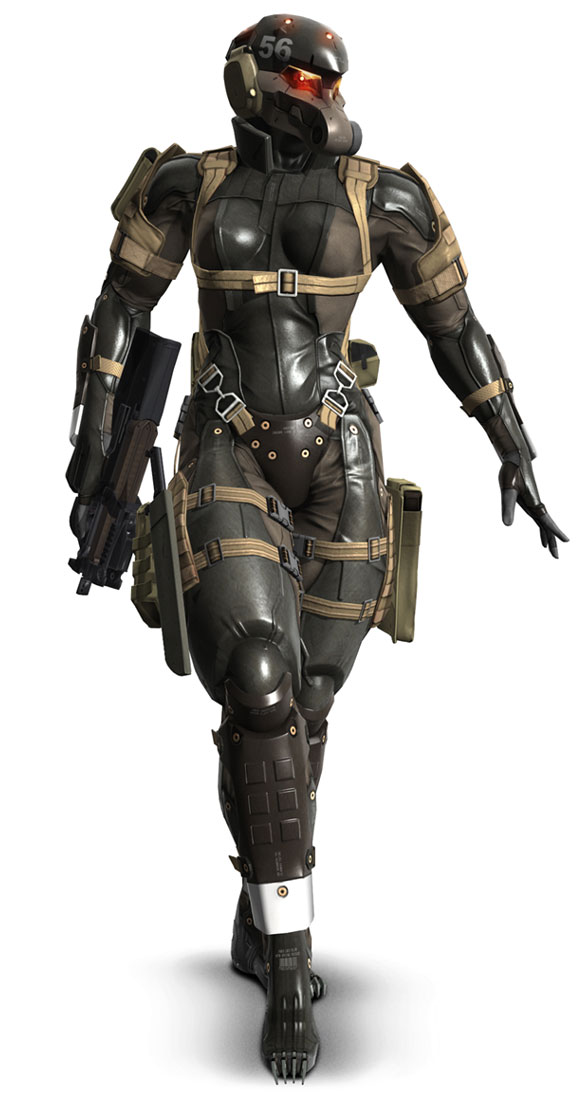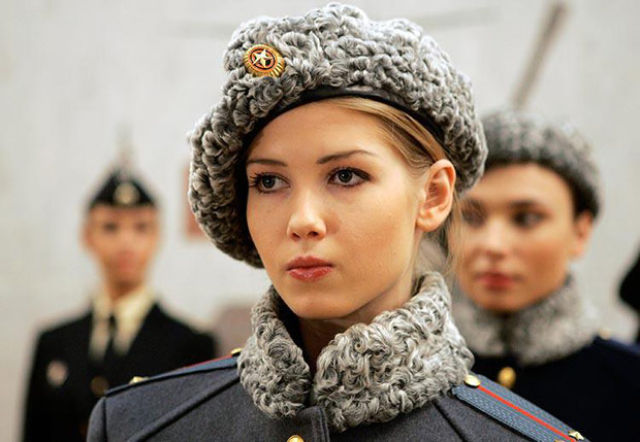QUANTICO, Va. –
The Marine Corps plans to stand up an experimental task force comprised of both men and women volunteers in primarily ground-combat-arms specialties for about a year so analysts can assess their performance, the general officer overseeing the Marine Corps’ force-integration planning effort said March 10.
Brig. Gen. George W. Smith Jr. said one of the Corps’ four efforts in a deliberate, measured and responsible approach to integrating women into combat units and occupational specialties by Jan. 1, 2016 – the Defense Department’s deadline for full integration across the services – will be borne by the Ground Combat Element Experimental Task Force.
Pending final approval of human-research requirements, the approximately 460-Marine task force is slated to activate this summer at Camp Lejeune, N.C., allowing informed, female Marines the opportunity to volunteer as test subjects in occupational specialties that have been heretofore held only by men.
Guidance for commanders and instructions for volunteers will be published in a Marine administrative message at a later date.
The task force will be comprised of about 25 percent women and will help the Corps assess the outcome of physical demands Marines must meet in the execution of individual and collective tasks, Smith said.
This pilot effort will simulate the functions of an expeditionary unit’s ground-combat element, Smith said.
“It will look somewhat like a small version of a battalion landing team in that it’s got an infantry nucleus, and then it will have those attachments – tanks, artillery, (tracked amphibious landing vehicles) and the like, with a headquarters element,” Smith said.
Planners also intend to send the task force to the Corps’ premier combat training center in Twentynine Palms, Calif., and to mountain-warfare training in Bridgeport, Calif.
“We expect them to deploy for training into those two locations, in addition to what they’ll do at Camp Lejeune,” Smith said. “They may be based at Camp Lejeune, but our units deploy … to train in those very, very different environments with unique demands associated with those environments.”
The task force’s headquarters element – slated to have a male commander and a female senior-enlisted advisor – is expected to stand up sometime this summer, with volunteers arriving in the fall.
Female volunteers accepted for the task force’s combat-arms cohort must first report to military occupational specialty schools to learn the entry-level tasks for respective ground-combat-arms jobs.
Since October 2013, 40 female Marine volunteers have completed infantry rifleman training at the School of Infantry in Camp Lejeune; however, the Corps needs to continue measuring female performance beyond entry-level tasks, Smith said.
He said all Marines must have “the physical capacity to meet the demands of those occupational specialties in the operating forces, which in some cases is significantly different and greater than what we find in our entry-level training pipeline.”
Smith gave hiking as an example and mentioned the 20-kilometer hike required to complete entry-level infantry training. He said although it is “something to certainly be proud of,” it is a one-time event that must be sustained in the operating forces. He went on to describe the standard, progressive hike program a Marine must undergo at an infantry battalion – conceding it was an extreme example: “You do a hike program over the course of many months. You’re hiking, week in and week out, extended distances well in excess of 20 kilometers.”
Responsible research, he said, must account for the physiological differences between men and women when studying the “sustained wear and tear on the body,” and the physical endurance associated with increasingly more demanding individual and collective tasks.
“The only way to truly understand the potential challenges for our female Marines out in the operating forces is to develop this purpose-built experimental task force and put that task force through a training syllabus,” Smith said, adding that such training requires a building-block approach that progresses into increasingly more demanding individual tasks. “We need to do that by simulating an operational environment.”
By late summer 2015, researchers from within the Marine Corps and external agencies are expected to present their data to the commandant of the Marine Corps to “inform his best military judgment as to how he wants to proceed in making recommendations to the Secretary of the Navy and the Secretary of Defense,” Smith said.
“It’s important for everybody to understand that (full integration) is actual law,” Commandant of the Marine Corps Gen. James F. Amos said during an interview with MarinesTV Feb. 29. “And there’s no force on the face of the earth that obeys laws more than the United States Marines do. We not only obey them, we enforce them.”
Data collected from the task force will support other efforts the Corps is conducting, which officials announced March 12:
-
Since 2012, female officers and staff noncommissioned officers have had the opportunity to serve in more than 20 ground-combat-arms battalions that were previously closed to women. Sergeants and corporals will now have the same opportunity, and females will now be assigned at the company and battery levels.
-
Female Marine recruits will have the opportunity to volunteer for more ground-combat-arms schools following their graduation from boot camp, much like the Corps has been doing with its infantry rifleman training since September 2013. The additional schools include more infantry training such as machine gunner, mortarman, assaultman and anti-tank missleman courses, as well as artillery cannoneer, tank crewman and assault amphibian vehicle crewman courses.
-
Pending completion of Congressional notification, the Marine Corps will open 11 occupational specialties in three previously closed fields: artillery, ground ordnance maintenance and low-altitude air defense. Following the opening of these military occupational specialties, the Corps will have 20 of its 335 primary MOSs closed.
The efforts are unprecedented; however, Smith pointed to the Corps’ decades of incremental integration: “I’ll use the aviation-combat element as an example: We’ve had fully integrated combat squadrons for 20 years. We just had our first female squadron commander a couple years ago. They’ve performed tremendously in Iraq and Afghanistan – pilots, aircrew, maintainers; you name it – fully integrated, fully cohesive, high-morale squadrons.”
The recent research efforts are near-term but Smith said they are meant to shape the Marine Corps for decades to come: “As we do this, the commandant has been absolutely clear that we are going to maintain the highest levels of combat readiness – the combat readiness that America demands of her Marines.”
Smith said female Marines have time and again expressed to the commandant that all they want is the opportunity to compete on an equitable playing field, and given the mandates of the Secretary of Defense, the Marine Corps must gather all it can in the next 18 months “to ensure that when we open an MOS, that our female Marines are going to be successful in that MOS.”
And success, Smith said, must be measured beyond entering into that occupational specialty and getting to that unit: “It is being successful over a truly viable career path, over the course of 20 or even 30 years.”
The Corps may request an exception to the Department of Defense policy if opening certain units or occupational specialties by deadline does not meet specific guidelines. That includes ensuring mission readiness as well as viable career paths.
“We are not going to lower the standards, and I want all Marines everywhere to understand that,” Amos said. “We are America’s premier fighting force. When the Klaxon sounds, and they say, ‘Send in the Marines,’ we are going to be ready, and we better be ready because the first time we fail, then America quite honestly doesn’t need a Marine Corps anymore.”


.jpg)




.jpg)